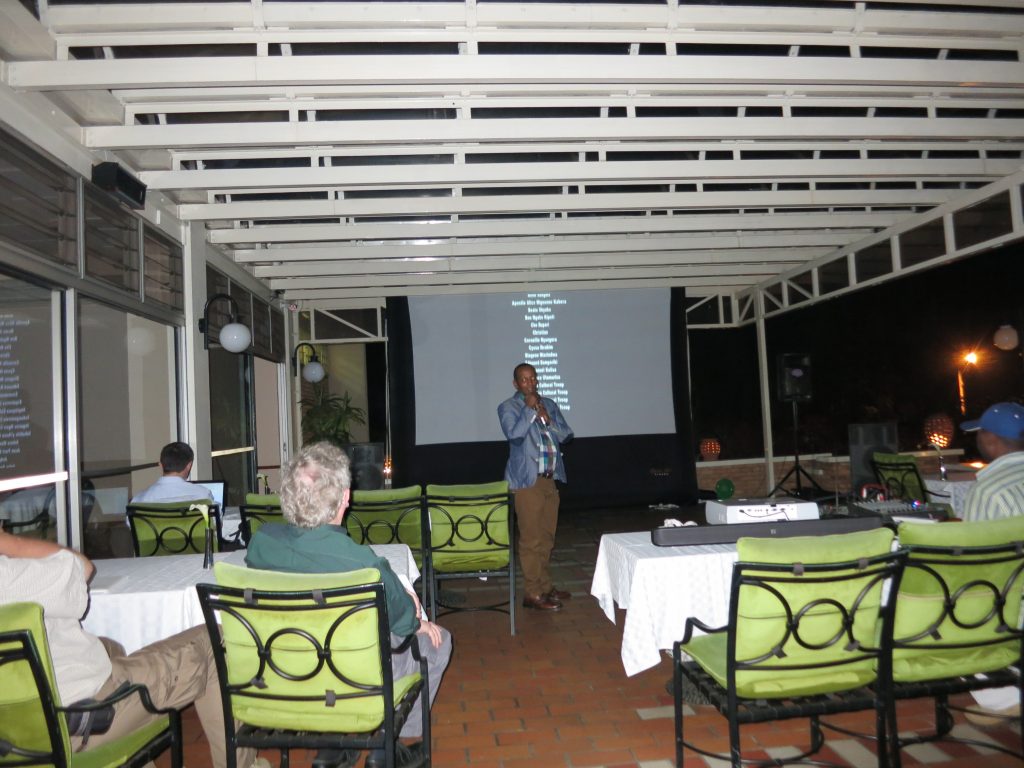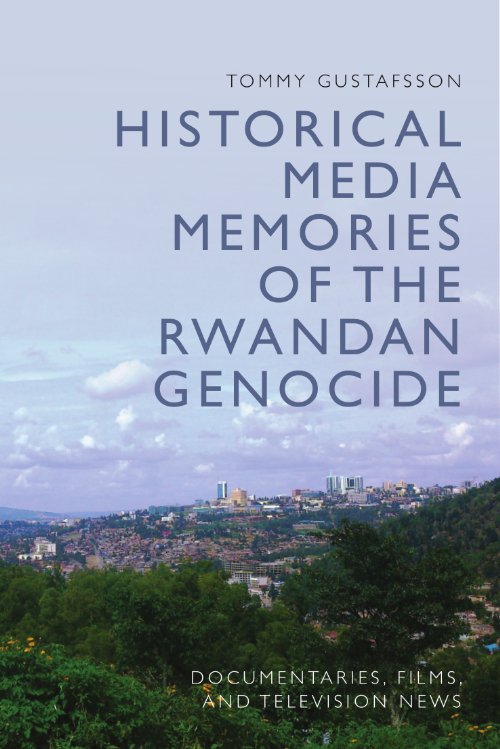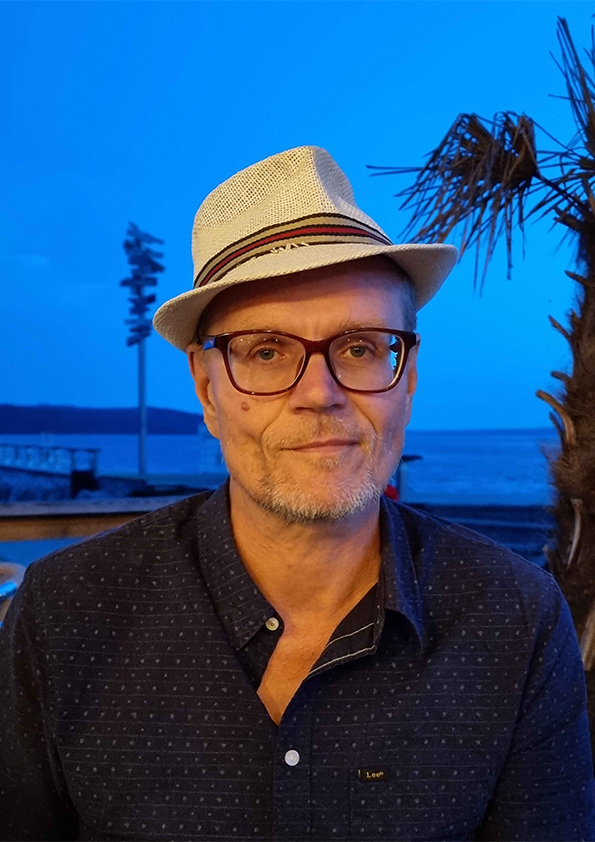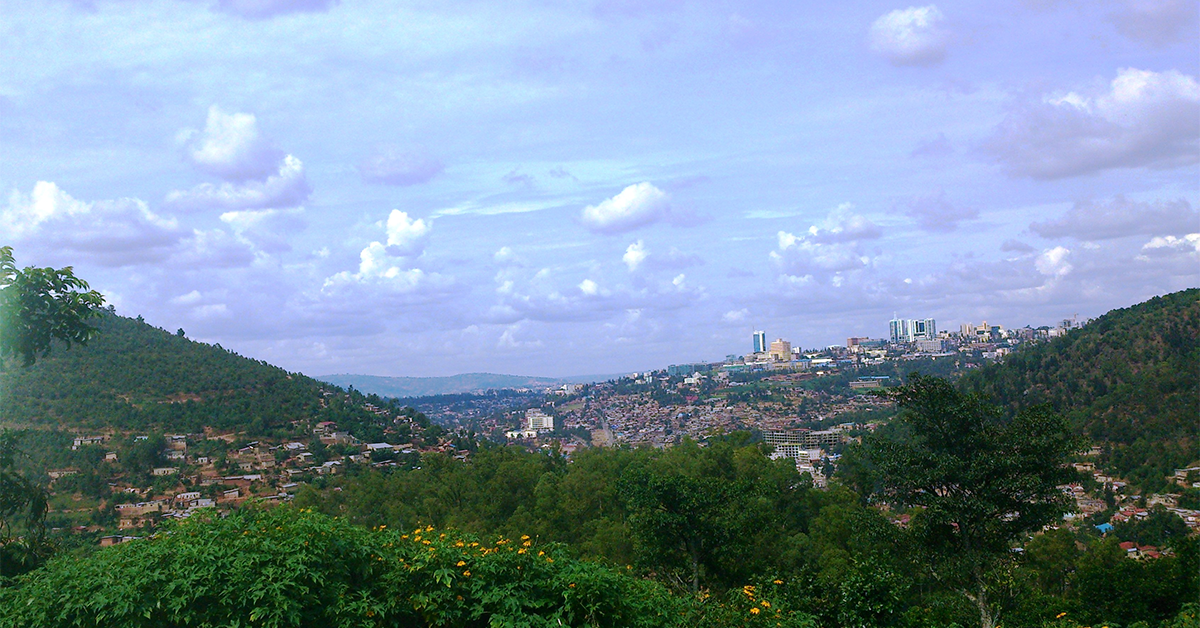
by Tommy Gustafsson
Author Tommy Gustafsson discusses what inspired his research for his new book, Historical Media Memories of the Rwandan Genocide, and what most surprised him during the writing process.
Tell us a bit about your book.
Historical Media Memories of the Rwandan Genocide traces the international media image and the creation of historical memories of the genocide against the Tutsi, starting with the day-to-day television news reporting in 1994, and continuing with an analysis of how the genocide has been used and reproduced in films and documentaries on a global scale as well as in Rwanda.
It is the first comprehensive study that analyses approximately 200 film and television productions on the Rwandan genocide, made in 39 countries between 1994 and 2021. The book is based on extensive research, including several longer research trips to Rwanda, and it employs a great variety of source material, such as international film reviews, articles, debates, books, extratextual production material, and interviews, as well as teaching guides, official Rwandan governmental reports, and UN reports.
What inspired you to research this area?
I have always been interested in the social impact of audio-visual media, for example how film and television throughout history have been considered to have a negative impact on audiences and on social development, but also how film and television have used history for different purposes, not least to “teach” certain types of history. This opposing relationship between usefulness and entertainment becomes particularly visible regarding cinematic history on serious subjects such as genocide. I saw Hotel Rwanda (2004) when it came out and thought it was an interesting historical film, and this sparked an interest. However, it took a few years before I could start the project because I first had to finish my dissertation, which was about masculinity, sexuality, and racial stereotypes in Swedish film of the 1920s. After that, I wanted to research something more contemporary and up-to-date and therefore started studying Swedish television news about the genocide in Rwanda, originally broadcast in 1994. At the same time, I read a lot of research on the media image of the genocide and that’s when I discovered that all the academics really hated Hotel Rwanda and that piqued my interest. How could this medium-budget film be so despised, even accused of promoting genocide?

What was the most exciting thing about this project for you?
Probably the way that this project mushroomed, from Swedish television news to the global production of documentaries and films, and then to the production of films and documentaries in Rwanda. When I started this project, I could identify fifty productions, which over the years grew to 200 productions, making the Rwandan genocide the second most audio-visually recreated genocide after the Holocaust. Essentially, the long work process made me a better scholar, which hopefully is reflected in the finished book.
Did you get exclusive access to any new or hard-to-find sources?
During the project, it became more and more apparent that it was necessary to include Rwanda and its young but fast-growing film and television industry, not least since its emergence was closely connected to international productions on the Rwandan genocide in Rwanda, but also since the genocide became an important subject in Rwandan filmmaking. I therefore managed to get invited as a guest scholar to the University of Rwanda, where I did research and taught pro bono for a semester, and where I returned for shorter additional research trips. During these trips, I collected a large number of Rwandan films and documentaries on the genocide, which have never before been included in the discussion on the media image of the Rwandan genocide.

Did your research take you to any unexpected places or unusual situations?
Of course, living, doing research, and teaching in Rwanda was a very special and highly rewarding experience. On the one hand, you were there as a kind of tourist, but on the other, you got an insight, not least through my university contacts, into the society and how the 1994 genocide against the Tutsi affected Rwandan life on an everyday basis – especially regarding local media and the different annual commemoration ceremonies. To be able to access certain archives, I first had to formally meet a few highly placed dignitaries. These meetings were arranged through my university contacts, and you could wait for months for such an appointment and then, suddenly, you had to throw on a suit, jump into a taxi and rush to the government area where you got the opportunity to chat with the dignitary for fifteen, twenty minutes before you got approval. Waiting outside of those offices – which happened from time to time since these meetings were often cancelled at the last minute – were surreal experiences where you, as a European film scholar often wondered, how did I end up here?
One unexpected outcome of these experiences is that, among other things, I can now usually detect who has been to Rwanda, and who has not been there, when reading research on the Rwandan genocide.

About the book
Get 30% off your copy with discount code NEW30
Examines the ways in which the Rwandan genocide has been portrayed, used, and re-created in international film and television productions between 1994 and 2021
Don’t forget to sign up to our mailing list to keep up to date with all of our free content and latest releases!
About the author

Tommy Gustafsson is Professor of Film Studies at Linnaeus University in Sweden. He has been published in Cinema Journal and Journal of Religion and Film, and his books include The Politics of Nordsploitation (with Pietari Kääpä, 2021), Masculinity in the Golden Age of Swedish Cinema (2014), and the anthology Nordic Genre Films (with Pietari Kääpä, EUP, 2015).





